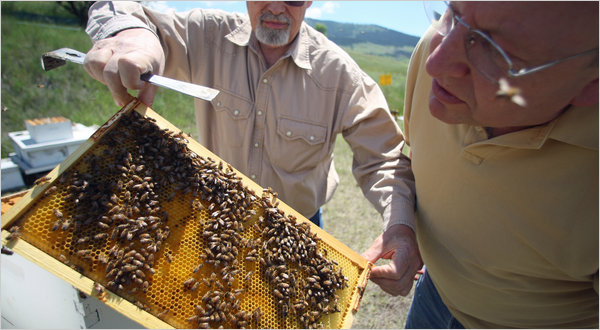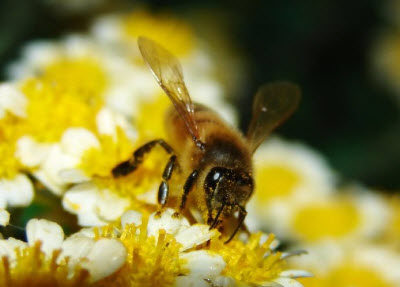Scientists at the University of Bristol have discovered a previously unknown route by which GM genes may escape into the natural environment leading to questions about the unintended patented gene flow.
|
|
|||
|
At last there seems to be an answer to the honeybee disappearance mystery. In the last four years, honeybee colonies across the country have suffered inexplicable 20-40 percent total die-offs over the winter months as a result of, what scientists dubbed, the colony collapse disorder or CCD. This mysterious condition has struck widely both in the United States and Europe wiping out entire bee hives without leaving bodies and has become a major public and agricultural concern. Recent research from USDA points to a correlation between a fungus and a family of viruses that may be working together to cause the Colony Collapse Disorder in honeybees. Many still believe, however, that other causes such as pesticide use in agriculture and GMOs that produce pesticides, also play a role in the collapse. The British Beekeepers’ Association is moving away from cash sponsorship deals with pesticide manufacturers after concerns that the chemicals may be harmful to bees. The Association is looking for other sources of funding. According to TimesOnline, bee numbers in Britain are down 54 per cent in 20 years. A new study by Penn State University found widespread and remarkably high level pesticide and other toxicant contamination of bee hives. The study sheds light on how modern day agriculture contributes to Colony Collapse Disorder. A new breed of genetically engineered dandelions is currently in development and could be implemented in a number of industrial, chemical and pharmaceutical uses. Currently, transgenic dandelions are used to create dandelion-derived latex. |
|||
|
 |
|||



